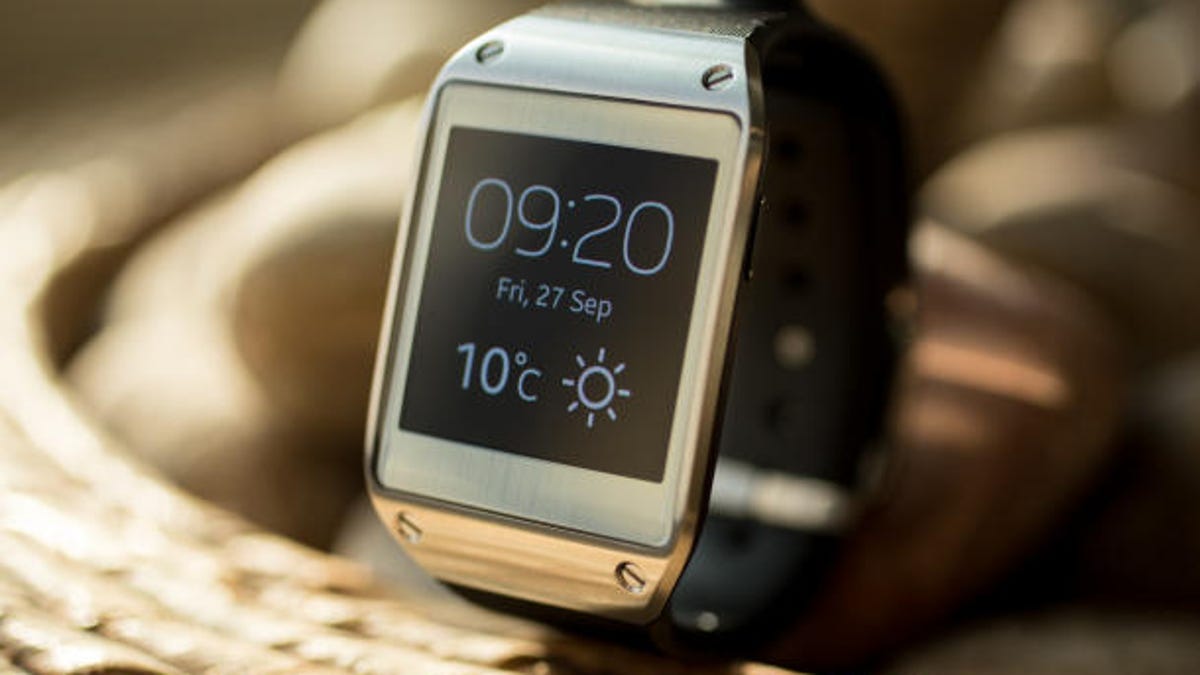Three things Samsung learned from Galaxy Gear version No. 1
The Korean electronics giant's first big attempt at the wearable market has flopped. But it knows what it needs to do to get better.

In September, the Korean consumer electronics giant unveiled the
The company believes the segment can become a huge business, and it's already working on future devices. That includes at least one sleeker smartwatch with a higher-quality screen that's slated for a March release, according to people familiar with the matter.
"Headquarters really understands what's going to drive further consumer adoption," Samsung's Curtis Sasaki told CNET, though he declined to provide specific details. [You can see CNET's thoughts here]. He oversees the head of Samsung Media Solutions Center America, the company's software and services business based in Silicon Valley.
"We know what we need to do," Sasaki said.
Here are three major insights Samsung has gleaned from the Galaxy Gear, according to Bidan:People want to see more information on the smartwatch
One big insight is that consumers actually want to do more on Gear itself, rather than constantly reaching for their phones. The first version of the device alerted people if they had an e-mail but didn't let them read that message. A recent software update changed that, allowing users to see who had contacted them, as well as read the first paragraph or so of the message.
People want to talk to Gear more
Rather than using the touch screen to control the smartwatch, people want to do more using voice control.
Make a replaceable band
Gear comes with several color options for the band, but once a user has chosen, they're stuck with their option. A big reason for that is the camera built into the band. However, many people have asked that Samsung make the band switchable, Bidan said.
These are just a few of the things Samsung has learned from the many studies and surveys it has done from its first attempt in wearables. There's no guarantee it will actually implement these, but there's a good chance. We'll see what happens with Gear 2 (and 3 and 4 and so on).

